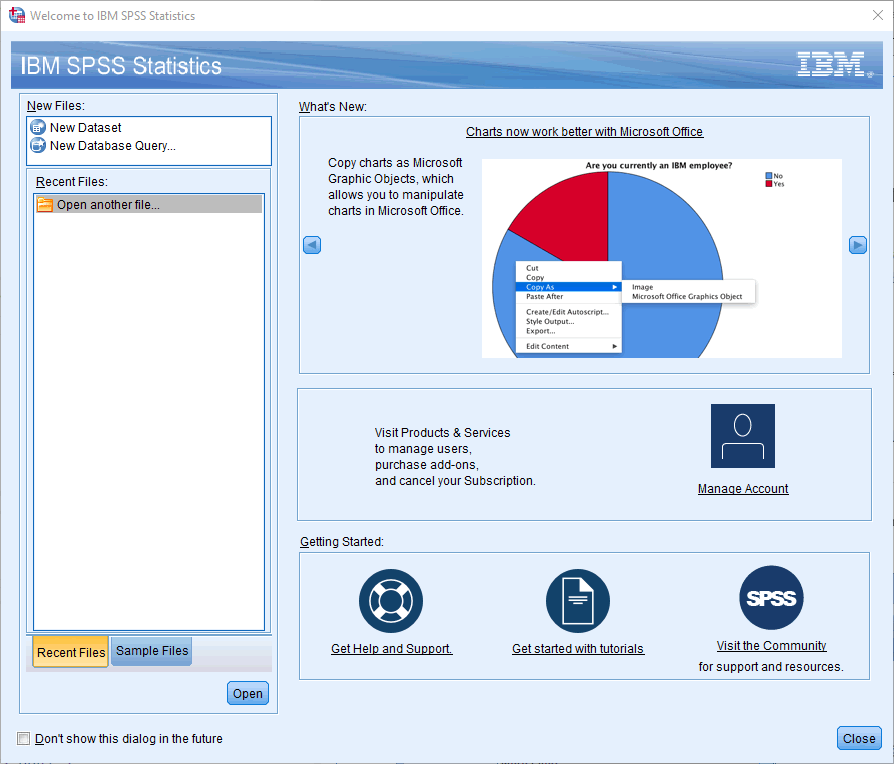

In the "Duration Unit" column, the time components are represented using the following codes:

SPSS duration formats as applied to an example duration of 29 hours, 14 minutes, 36.58 seconds. The actual duration formats that you will use in your SPSS syntax are as follows. You'll see an example of how date-time formats are used in the example of converting a string variable to a date variable. You will replace these with the appropriate number to use for the width of the date. The letter w denotes the number of "columns" (typically the number of characters in the input string), and the letter d represents the number of decimal places, if present. In the "general form" column, the name of the format appears first, followed by the letter w (or w.d). "ww" = week of year as two-digit number (1, 2.“q” = quarter of year as one-digit number (1, 2, 3, 4)."yy" = two-digit year (century is omitted)."mmm" = month as three-character abbreviation (JAN, FEB."mm" = month as two-digit number (01, 02."ddd" = day of year as three-digit number (1, 2.“dd” = day of month as two-digit number (01, 02.In the "Date-Time Unit" column, the date components are represented using the following codes: SPSS date formats as applied to an example date/time of Thursday, January 31, 2013, 1:02:33.72 (AM). The actual date formats that you will use in your SPSS syntax are as follows. month-day-year versus year-month-day), and the presence or absence of delimiters.

Your choice of format will depend on the whether or not the input is a date or a duration, as well as the time units included in the data value, the order of the units (e.g.


 0 kommentar(er)
0 kommentar(er)
